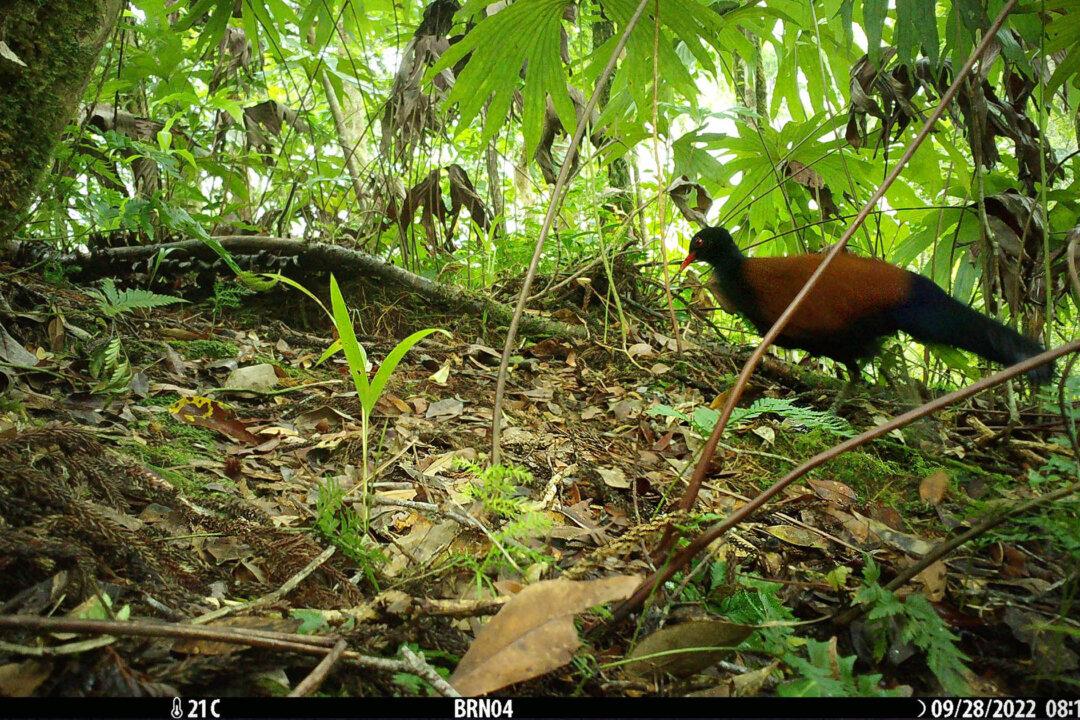An elusive, exotic species of spectacularly-colored pigeon has been caught on video camera for the first time after having remained unseen and undocumented by scientists for the last 140 years. This recording was followed up by an expedition and a human-to-bird close encounter of a lifetime.
Last fall, a team of researchers and conservationists set out for Papua New Guinea in search of the ultra-rare black-naped pheasant pigeon. This large, ground-dwelling pigeon lives only on Fergusson Island in the D'Entrecasteaux Archipelago and was first found and cataloged by scientists in 1882.





